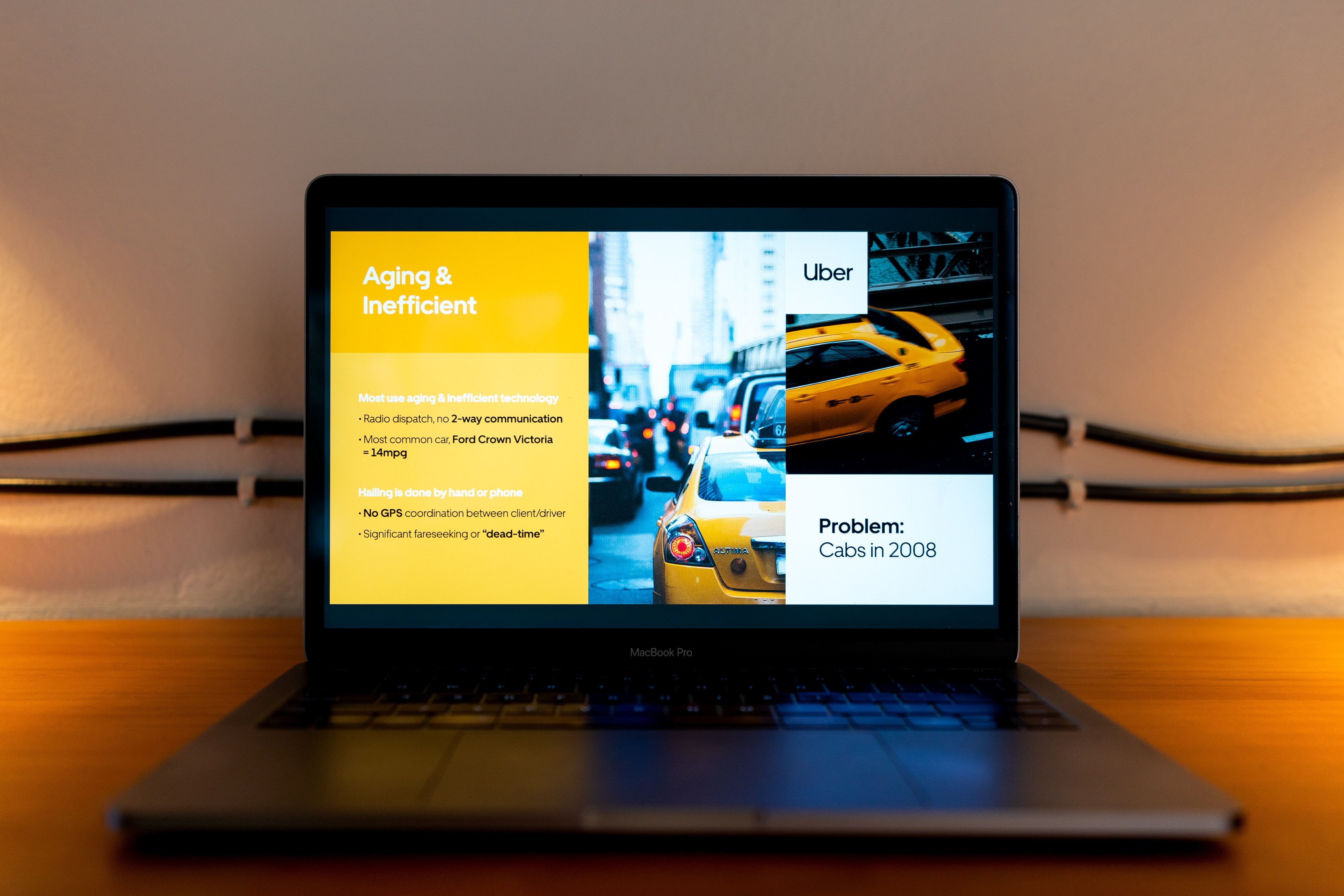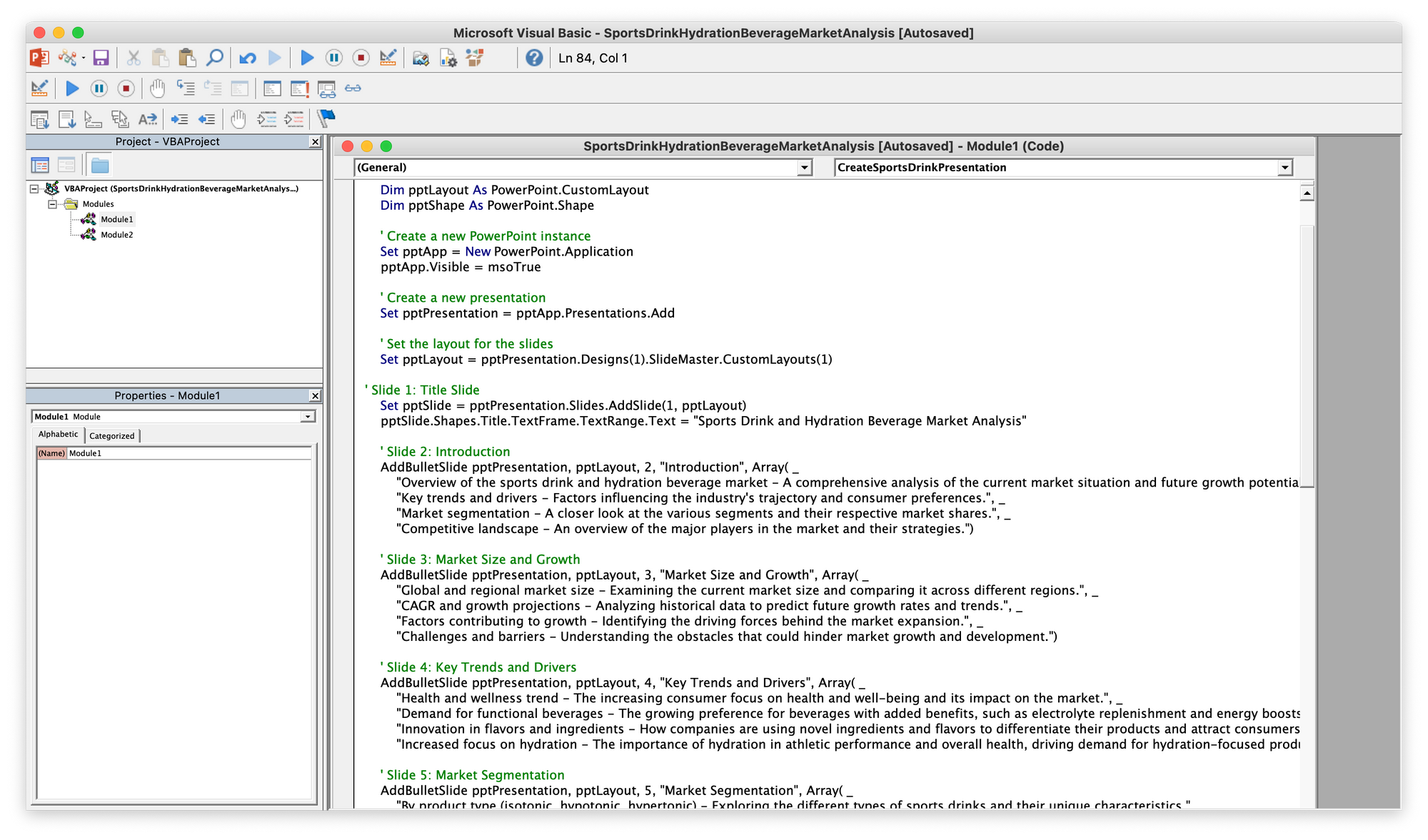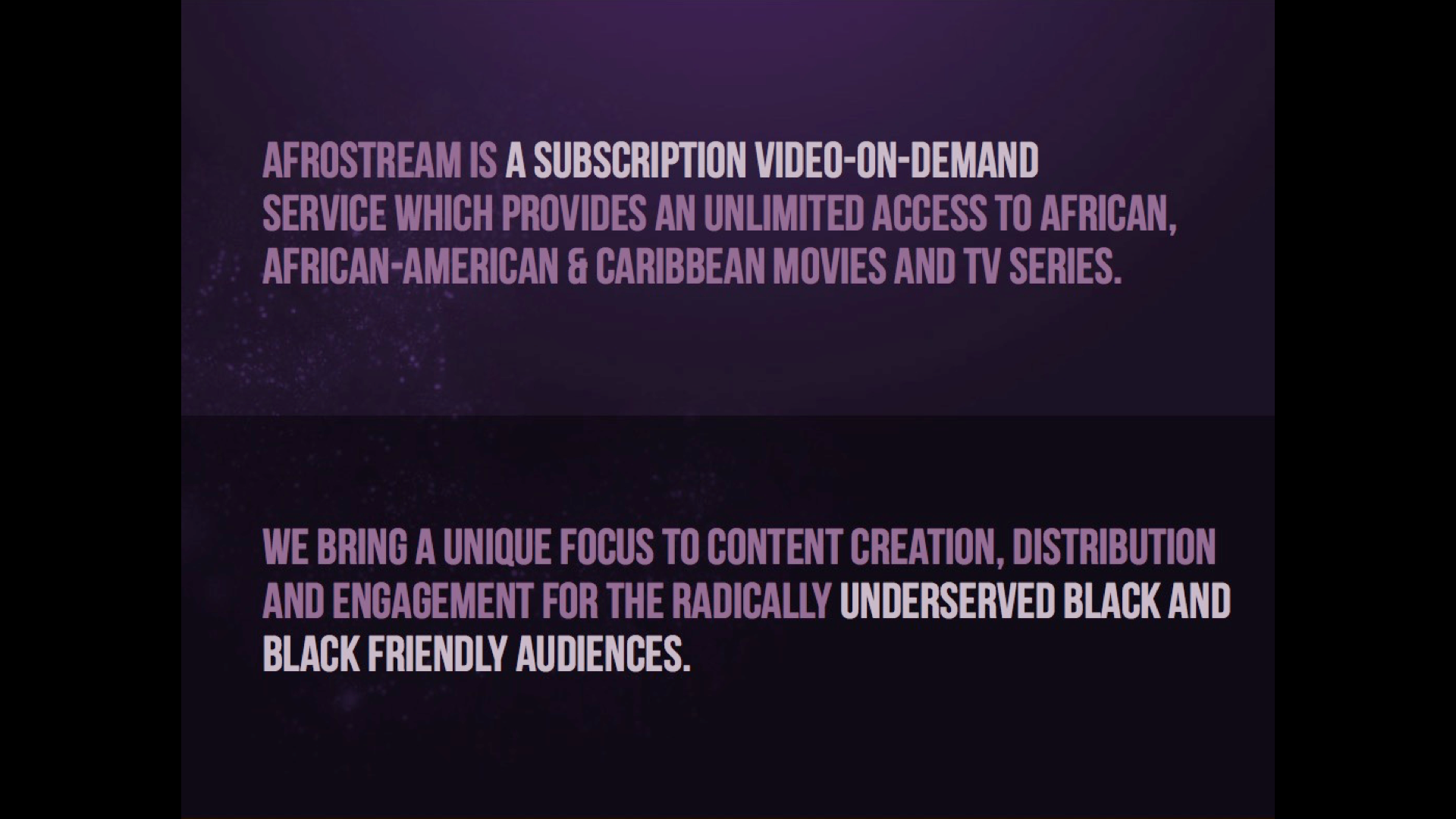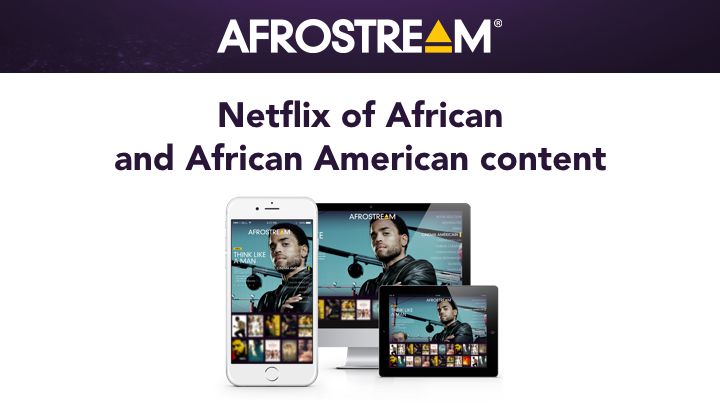Create an Investor Pitch Deck With AI
by Matthew Collins on Jul 17th, 2023

Introduction
So far in 2023, 44 startups have recently joined the illustrious “unicorn” club - a noble award reserved only for those skilled, savvy, and fortunate enough to navigate their way to a $1bn valuation or higher. Cumulatively, these 44 unicorns have a total valuation of $86.6 billion (1). Not bad.
The startups all came from the same humble beginnings of finding a problem, forming a hypothesis, discovering product-market fit, and iterating (I’ve written on how AI can be used for each of these steps here).
One additional thing is true: these startups reached such great heights through investment.
Injecting capital into your company is an important piece in the puzzle for achieving startup success. Executing ambitious growth plans, researching and developing a product, and acquiring new customers requires fuel. However, in the early days of a startup, having the resources to make these plans happen is rare.
Initial seed funding plays a critical role in the trajectory of your startup. By receiving investment from angel investors, venture capital firms, government programs etc, you get both the capital and the network of knowledge to grow your startup strategically and effectively. As such, it is important to put your best foot forward when seeking investment, by clearly articulating who you are, what is the problem you are solving, and what is the market opportunity.
Fortunately, this information is all contained within a very important document - the pitch deck. This set of slides is how you present your startup in its entirety to potential investors. It is the document that helps you get the fund to continue to grow your company.
How do we create a pitch deck? What content should be in it? How do I reduce a full startup into a handful of presentation slides?
This article is going to explore the process of creating a pitch deck for your startup. Specifically, we’re going to discuss how Artificial Intelligence (AI) can be used to create pitch decks that make investors eager to get involved with your company.
On the menu:
- Creating presentations with AI
- Generating VBA code to create PowerPoint presentations
- Prompting for Great Pitch Deck Content
1. Creating Presentations with AI
Writing text has never been easier. The great wave of generative AI has made it simple to create, draft, and experiment with basic ideas in your head. All you need is to loosely type out what you would like to create and, voila, AI generates it for you.
It hasn’t taken long for many entrepreneurs to notice that AI can generate text specific for presentations. A quick search online reveals that several platforms offer powerful capabilities to create presentations for your bespoke needs. Below I provide a few examples for you to check out. Note, make sure to confirm the pricing tiers each service offers.
2. Generating VBA Code for PowerPoint
The art of creating a pitch deck is less on what to write - as we’ll soon see, the content that must be covered is quite standard and procedural. What’s more important is how to write the content in an effective manner, and how to present it in an appealing fashion.
In Step 1, we discovered some platforms that help with the stylistic creation of pitch decks. If you checked them out, you may have noticed their pricing tiers allow you to create a limited number of slides before having to upgrade, or don’t offer AI capabilities unless you upgrade.
In this step, we’ll explore how we can use a simple AI tool to generate the framework of our presentation, by using VBA code. All you need to have is PowerPoint. We’ll discuss the parameters that go into the prompt itself, and then what to do with the VBA code that is outputted.
Do not fear - you do not need to know any programming. I’ll give you the step-by-step way to slot in the VBA code into your PowerPoints.
First things first: what exactly should the framework of our pitch deck be? I mentioned above that the framework is quite standard, so it should be simple enough to prompt our AI-cofounder to give us a presentation with the required content. From cross-referencing this Forbes article and the Y Combinator Seed Deck template, here are the main slides that we need to create:
- Title page + one line description of what our startup does
- The problem
- The solution
- Traction
- Product
- Market opportunity
- Competition
- Financials
- Team
- Amount being raised
Great. 10 simple slides. Let’s set up a prompt that generates the VBA code necessary to lay out this framework in PowerPoint. Because we’ll be using a Large Language Model (LLM), we’re less concerned about graphics to use in the PowerPoint, and more focussed on the textual content generated.
(If you’re interested in how to add AI-generated graphics into a presentation, sign up for access to Google’s Workspace Labs! AI is neatly integrated within Google Slides via a simple “Help me visualise” button that creates imagery based on your presentation needs!)
Here’s the criteria I will use in the prompt:
- I want the VBA code to have one slide for each of the ten slides mentioned above. However, I don’t want the title of each slide to be exactly taken from the list (i.e. the problem slide shouldn’t have a title of “The Problem”). Indeed, the title of each slide should be a short concise statement that effectively sums up all the material covered in the slide. At a glance, the investor looking at the pitch deck should be able to sum up the slide by simply looking at its title.
- LLMs are great at generating text content but quite dodgy at being numerate, so I want the focus of my pitch deck framework to be on the words rather than the digits. To do this, my prompt asks for our AI-cofounder to replace any digits with simply the letter “x”. That means we can review the deck and substitute our specific exact numbers afterwards.
- The goal of this prompt is to be a framework pitch deck from which you can make adjustments specific to your needs. I want to generate some sample bullet point material for each slide to act as a source of inspiration for you as you plan your changes. In order to do this, we need to provide the prompt with some of our own information - I’ve chosen to provide the startup name, the problem statement, and the value proposition (check out how to find yours here).
I’ll continue to use the Hoagie Heaven example from my previous articles. Rather than paste the VBA code output I got, I’ll let you try out the prompt for yourself.
Click here to give the prompt a go!
With the code in hand, let’s go through the instructions to create a new PowerPoint using our VBA code.
How to Create a PowerPoint from VBA Code

Source: https://www.tomkytran.com/how-to-use-gpt-4-to-create-an-entire-powerpoint-presentation/
Mac:
- Open up Microsoft PowerPoint, and create a Blank Presentation
- Along the top menu bar, click “Tools” → “Macro” → “Visual Basic Editor”
- Within the Visual Basic Editor, click “Insert” → “Module”
- Paste the VBA code that is outputted from the prompt into the Module window that opens up (see image above)
- Click the Play button along the menu bar to run the code
Windows:
- Open up Microsoft PowerPoint, and create a Blank Presentation
- Along the top menu bar, click “File” → “Options”
- Click on “Customise Ribbon”, then check the box next to “Developer”, then click “OK”
- Along the top menu bar, click “Developer → “Visual Basic”
- Within the Visual Basic Editor, click “Insert” → “Module”
- Paste the VBA code that is outputted from the prompt into the Module window that opens up (see image above)
- Click the Play button along the menu bar to run the code
And that’s that! Your presentation should now have ten framework slides for your pitch deck. All you need to do is refine the output, add in your specific data, paste in graphs and visuals, then you’re good to go.
Prompt: https://lowtech.ai/matthew/your-automated-vba-pitch-deck-creator
3. Prompting for Great Pitch Deck Content
Let’s create some great prompts for focussing on the content on each page of the pitch deck. As mentioned in the YC seed deck template, the goal is to “strive for clarity and concision” and “focus on narrative”. Whereas in previous articles, we’ve created prompts to give us quite verbose value propositions or problem statements, the purpose of these prompts is to give you text that is great for your pitch decks. Couple great text with great style and you’ll be on your way in putting together a compelling investment pitch.
Title Slide
It’s easy to get caught up when trying to explain all the intricacies of what your startup is. After all, even though we might be solving only one focussed problem, the nature of our solution might not lend itself easily to straightforward descriptions. So how do we appropriately describe what our startup does on the first title slide we present to investors?
Consider the following example provided by Y Combinator here:

Source: https://www.ycombinator.com/blog/how-to-design-a-better-pitch-deck/
Quite a convoluted solution description. It mightn’t come across as very impactful in front of the investors we seek the funding of. How did Afrostream improve their message?

Much better. The message is short, impactful, and memorable. All great traits as we strive to create our solution description.
To help create this for us, we’ll use our AI-cofounder to take our value proposition or description of our solution and then turn it into a similarly short, impactful, and memorable statement. Check it out:
Input: Hoagie Heaven: Elevating Shorefront Dining. Our fresh, flavorful hoagies cater to the discerning tastes of locals and tourists seeking a satisfying lunch option as they wander along the picturesque Northern Irish shoreline, filling a gap in the market and delighting hungry beach-goers with a taste of heaven.
Output: “Sublime Subs by the Sea”
This works perfectly for the first slide! It fully encompasses what Hoagie Heaven strives to do, while making it quite a compelling description that we’d like to learn more about. Our AI-cofounder is able to generate a continuous amount of these - simply click “re-start” to continue generating new ideas.
For even greater impact, why not upgrade on LowTech.ai to gain access to the best AI models out there? I used GPT-4, which is my preferred model for creating messages that are much more concise and impactful than alternatives. Give it a go!
Prompt: https://lowtech.ai/matthew/pitch-deck-polish-your-startup-description-made-impactful
Problem Slide
Here, we want to clearly state the problem, and emphasise the particulars of how this problem impacts real world people and businesses. The problem we are solving must be very focussed and narrow, as well as being a painful problem that people relate to. Let’s take a look at turning our Hoagie Heaven problem statement into a compelling Problem Slide.
Input: The target market, comprising tourists and locals enjoying leisurely walks along the Northern Irish shorefront, is currently unable to find a satisfying lunch option that meets their desire for a scrumptious hoagie made from fresh produce. The market size is estimated to be around 100,000 individuals who frequent the picturesque shoreline. The current bad solution involves limited availability of food vendors along the shorefront, offering only basic snacks and generic fast food, leaving people without a satisfying lunch option that aligns with their taste preferences and dietary choices.
Output:
Major gap in Northern Irish shorefront: No satisfying lunch options for tourists and locals.
Over 100,000 potential customers disappointed with lack of fresh, appetising meals.
Current food vendors only offer mundane snacks and generic fast food.
Lack of flexible food options that cater to assorted taste preferences and dietary needs.
The crave for a hearty, fresh produce-filled hoagie remains unfulfilled
Nice! I asked for the prompt to produce snappy and exciting bullet points (in addition to being clear and concise) - I think it’s a great subtle addition. These bullet points are a great starting point for our second slide describing the problem.
Prompt: https://lowtech.ai/matthew/pitch-deck-problem-statement-simplifier
Conclusion
Crafting a pitch deck is an intricate process, especially because it is the medium through which investors decide whether to commit large sums of money towards you and your team.
An important part of what investors consider during a pitch is the financial data. You might have noted that this was absent throughout the article. This was intentional. Indeed, LLMs are great for producing text, yet still not amazing at performing mathematics. As such, I chose to focus on prompts that generate great textual content, and leave financial concerns aside. Similarly, the visual elements of your pitch deck are important - make sure you have your up-to-date figures in order to produce impactful graphs and charts.
Tools, like those presented here on LowTech.ai, are a fantastic way for you to harness the power of AI and generate great text. By spending some time creating your own prompts or using the prompts of others (feel free to use mine!), you can rest assured that your startup ideas are being impactfully communicated to those you are communicating with.
Good luck exploring how to create a pitch deck with AI.
mc